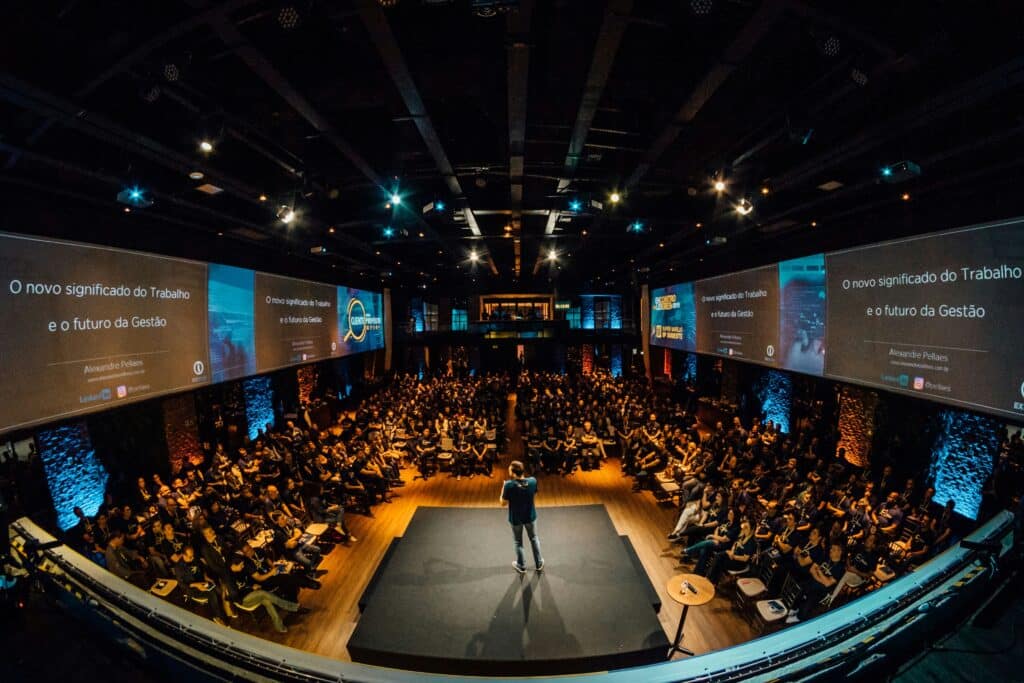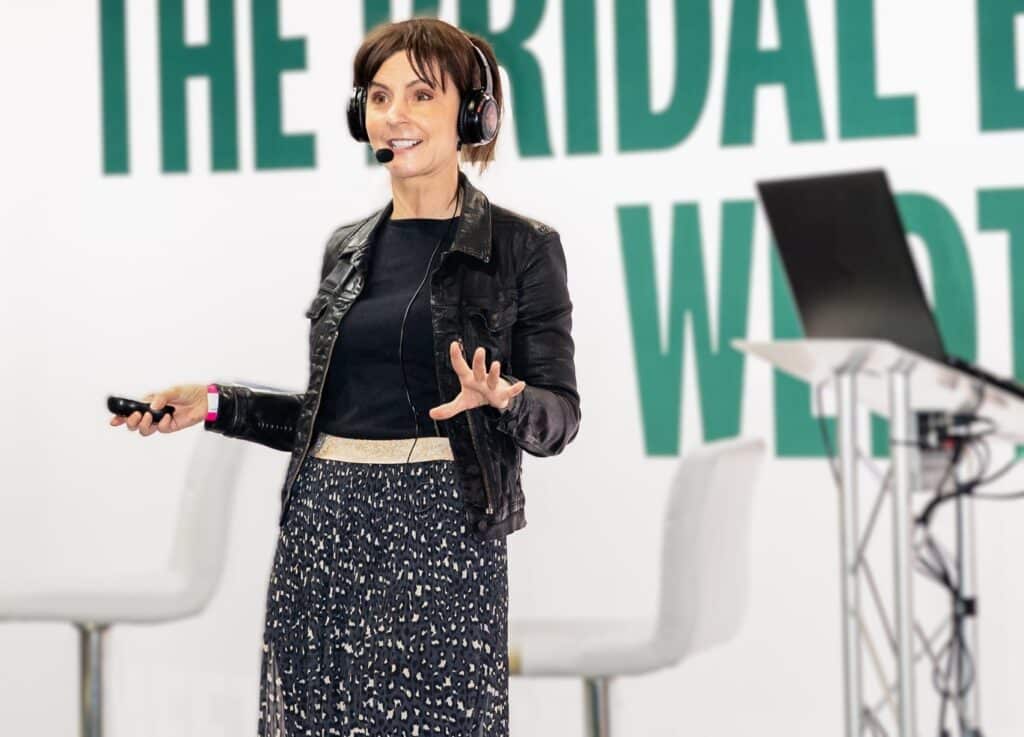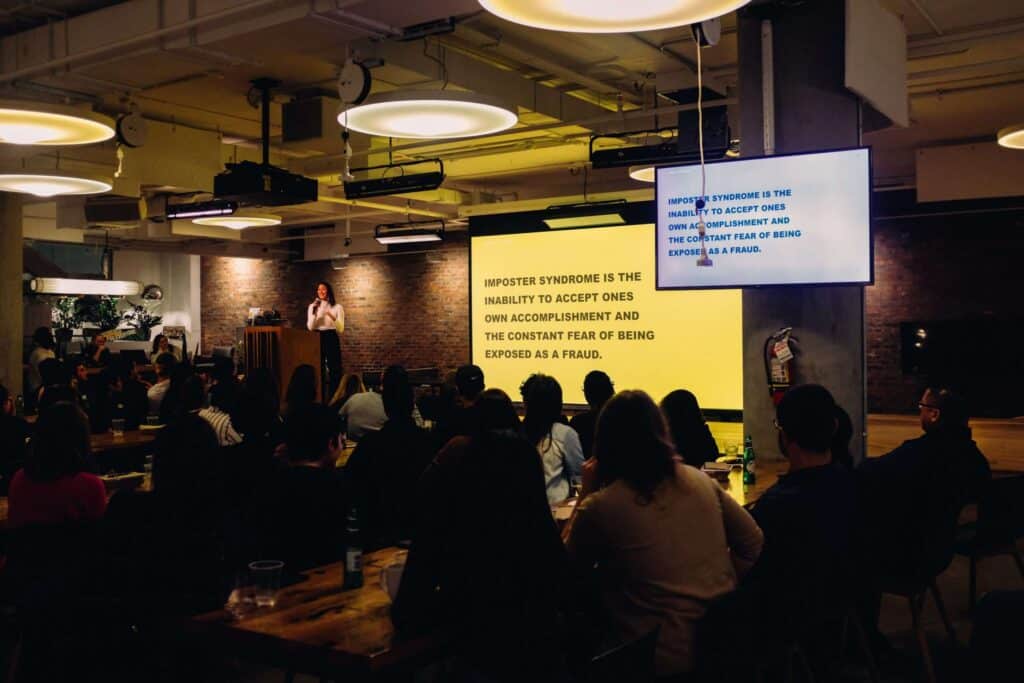Home » How to Write a TED Talk Speech (Like a Pro)
(*Of course, if you’re looking for more than ‘advice’, check out all the different ways the Speechy team can help you write & deliver a great speech. Or check out our new AI-powered team member, SpeechyAI.)
‘(Of course, if you’re looking for more than ‘advice’, check out Speechy’s bespoke speechwriting service. We also have a range of excellent speech templates that might be just what you need.)
(*Of course, if you’re looking for more than ‘advice’, check out our eulogy writing service or our eulogy template.)
(Of course, if you’re looking for more than ‘advice’, check out Speechy’s bespoke speechwriting service. We also have a range of excellent speech templates that might be just what you need.)
When I work with clients, I often find they try to cram too much in. A TED Talk isn’t about saying everything – it’s about saying one thing brilliantly.
Over the years I’ve studied countless TED Talks and coached speakers who wanted their talk to have the same magic. What I’ve learned is simple: the best TED Talks feel effortless, but only because they’ve been crafted with care.

TED Talks are unique because they’re short, sharp, and designed to spread ideas worth sharing. Unlike a keynote or a lecture, they:
When I work with clients, I remind them: a TED Talk is a gift, not a data dump.

When I work with clients on TED-style talks, I don’t start with structure or stories. I start with questions. If you can’t answer these clearly, the talk will never land – no matter how slick the delivery.
Here are the questions I always ask speakers to reflect on:
What’s my one idea worth spreading?
If you can’t explain it in one sentence, it’s not sharp enough yet.
Why me?
Why are you the right person to give this talk? What lived experience, insight, or expertise do you bring?
Why now?
Why does this idea matter today? Why should your audience care in this moment?
What do I want the audience to feel?
TED Talks aren’t just about information – they’re about transformation. Do you want them to laugh, cry, act, or rethink?
What do I want them to do afterwards?
Every great talk has a takeaway. Is yours clear enough that they’ll remember it tomorrow?
👉 When I prepare talks with clients, we literally write these answers down before drafting a single line. It keeps the message laser-focused and stops the talk from becoming a ramble.

The most effective talks usually:
Example: Brené Brown on Vulnerability
One of the most-viewed TED Talks of all time is Brené Brown’s The Power of Vulnerability.
What I love about it is how she opens with humour, lowers the stakes, and then moves into a deeply personal story. She makes research relatable by weaving it into her own life.
That’s something I coach my clients on: don’t hide behind facts – connect through story first, then let the facts support you.

When I coach speakers, I often compare writing a TED Talk to designing a rollercoaster. You need tension, release, surprise, and a final thrilling drop that makes people say “wow.”
The classic three-part arc still holds true – opening, middle, ending – but there’s more happening underneath the hood. Here’s how I break it down with clients:
This is where you win or lose your audience. It could be:
A bold confession (“I once signed a contract without reading it…”)
A surprising stat (Bill Gates opening with “mosquitoes kill more people than anything else”)
Or a quick laugh (Ken Robinson joking about how schools kill creativity).
👉 My advice: never start with “Good morning, thank you for having me.” That’s wasted gold.
Check out our blog specifically about How To Start a TED Talk.
This is where you unpack your idea worth spreading. But don’t lecture. Instead:
Tell stories. Brené Brown doesn’t just cite research; she shares her struggles.
Use vivid detail. Hans Rosling literally brought out a washing machine to talk about global development.
Add texture. Mix personal stories with data, visuals, or audience interaction.
👉 When I watch TED Talks, I notice the rhythm – a laugh, then a fact, then a story. It’s never one note.
Great talks have a moment where the audience shifts in their seat and thinks, “Ohhh, this is bigger than I thought.”
In Simon Sinek’s How Great Leaders Inspire Action, it’s when he flips the “what/how/why” model into the Golden Circle.
In Jill Bolte Taylor’s My Stroke of Insight, the clinical becomes existential – the talk explodes into a meditation on life itself.
In Bryan Stevenson’s We Need to Talk About an Injustice, the humour and anecdotes give way to a powerful challenge on justice and inequality.
👉 With clients, I call this the “drop moment” – the instant the talk clicks into something bigger than the story itself.
The best endings don’t introduce new information – they echo the start. Brené Brown circles back to vulnerability. Chimamanda circles back to “single stories.” Steve Jobs circles back to “connecting the dots.”
That loop is what makes a talk feel complete. As a coach, I’ve seen audiences literally sigh when a speaker nails the callback. It’s that moment of recognition that transforms a good talk into a memorable one.
The callback is everything. I still remember watching Chimamanda Ngozi Adichie’s The Danger of a Single Story. The way she circles back at the end – you can almost hear the audience sigh with recognition.
👉 Watch Chimamanda Ngozi Adichie’s TED Talk

Here’s what I tell clients behind the scenes:
And perhaps the most important: let yourself be human. The audience connects with flaws, nerves, and honesty more than polish.
Every TED Talk you’ve ever admired was the product of craft and coaching. Even the most natural-seeming speakers had someone shaping their structure, trimming their stories, and rehearsing their delivery.
That’s where I come in. Whether you’re preparing for a TEDx stage, a keynote, or simply want your presentation to land with TED-style impact, I can help.
👉 Explore our speechwriting and coaching services to make your next talk unforgettable.
The Speechy team are TV-trained scriptwriters/comedians by trade & we’ve helped 1,000s of speakers around the world deliver their dream speech.
Our advice has been quoted everywhere from The New York Times to Grazia and from Forbes to The Observer. Our founder has also featured on the BBC Sounds’ Best Men podcast with Jason Manford and written ‘The Modern Couple’s Guide to Wedding Speeches’, published by Little, Brown.














